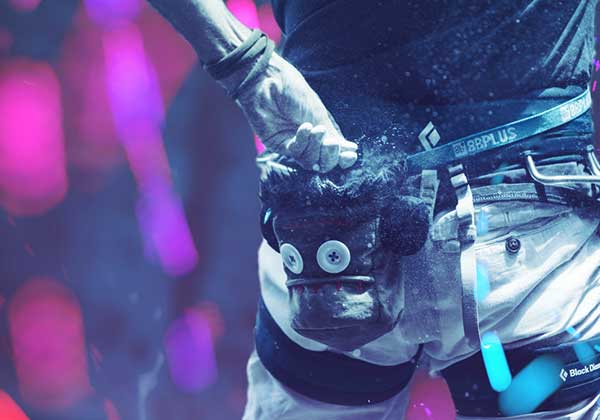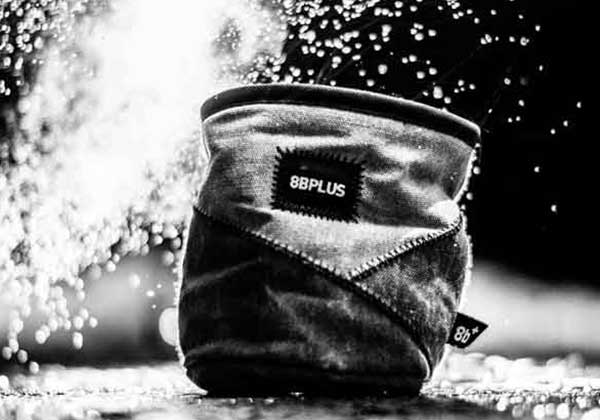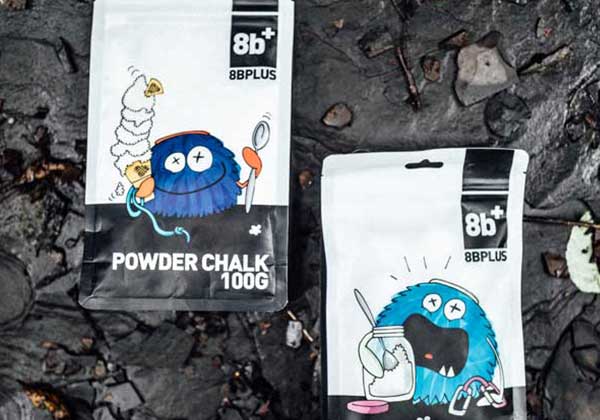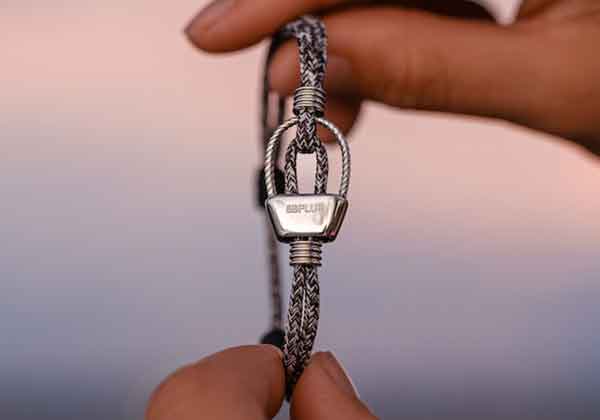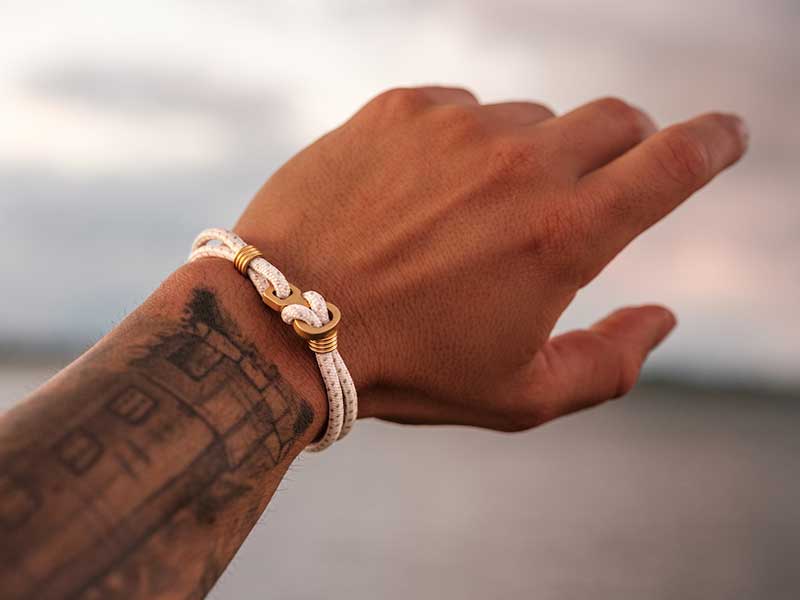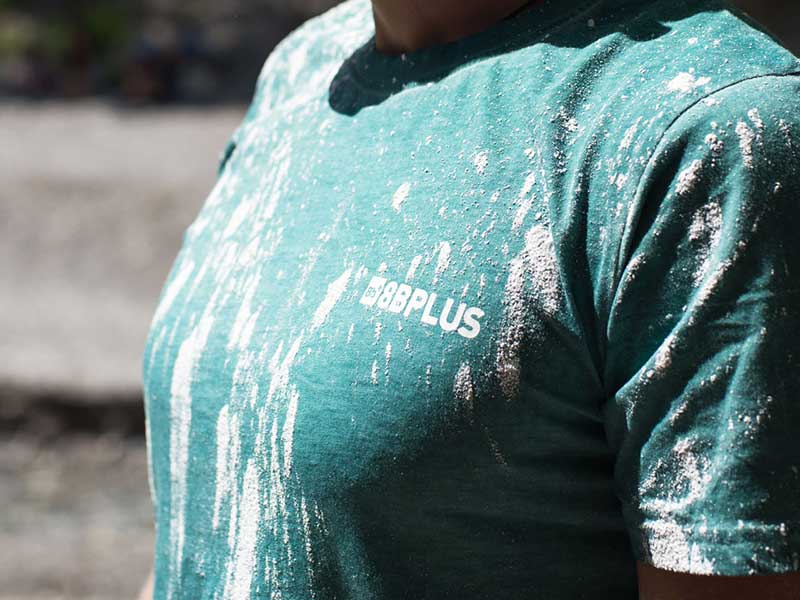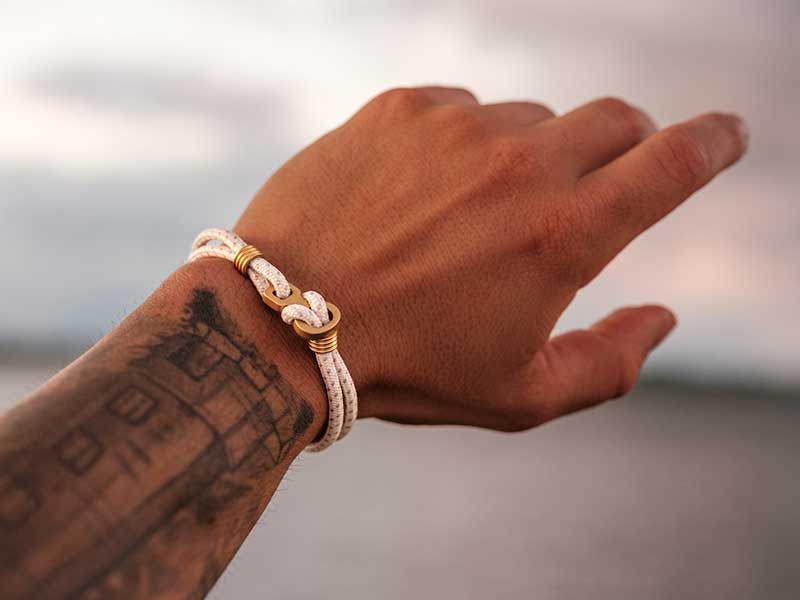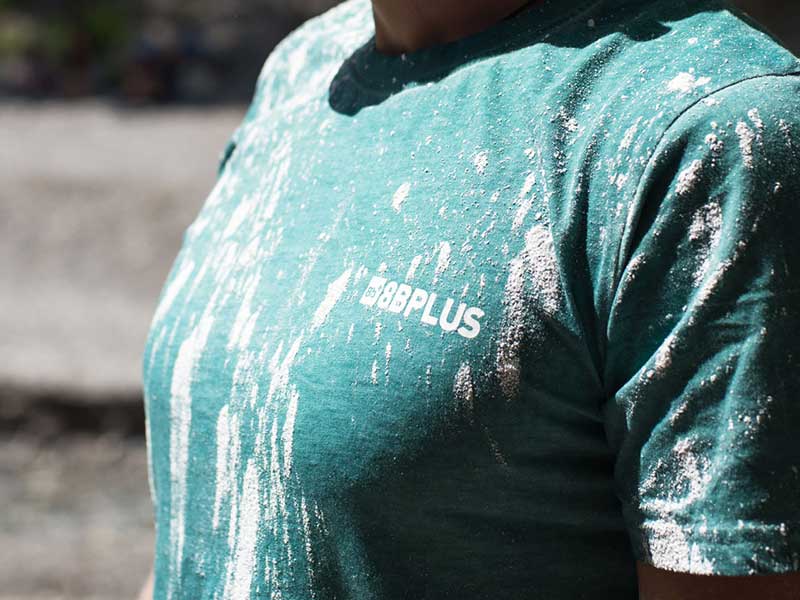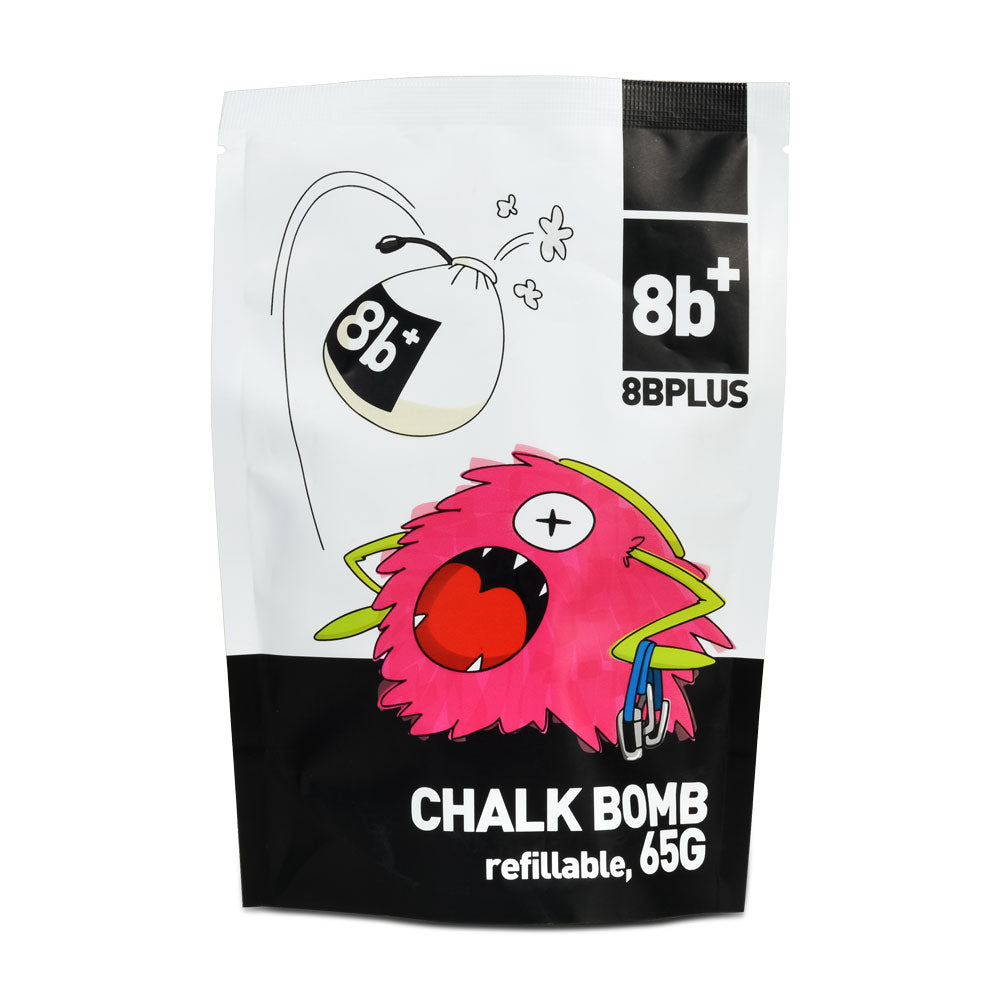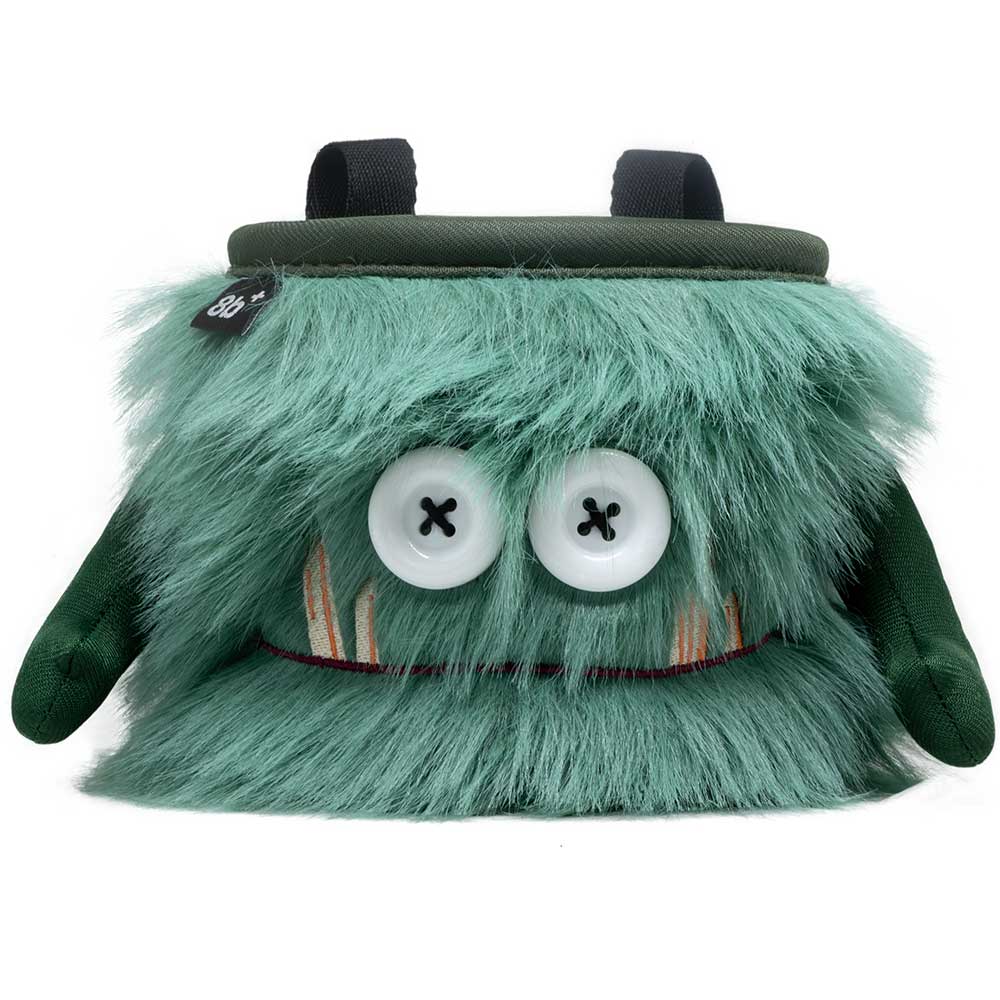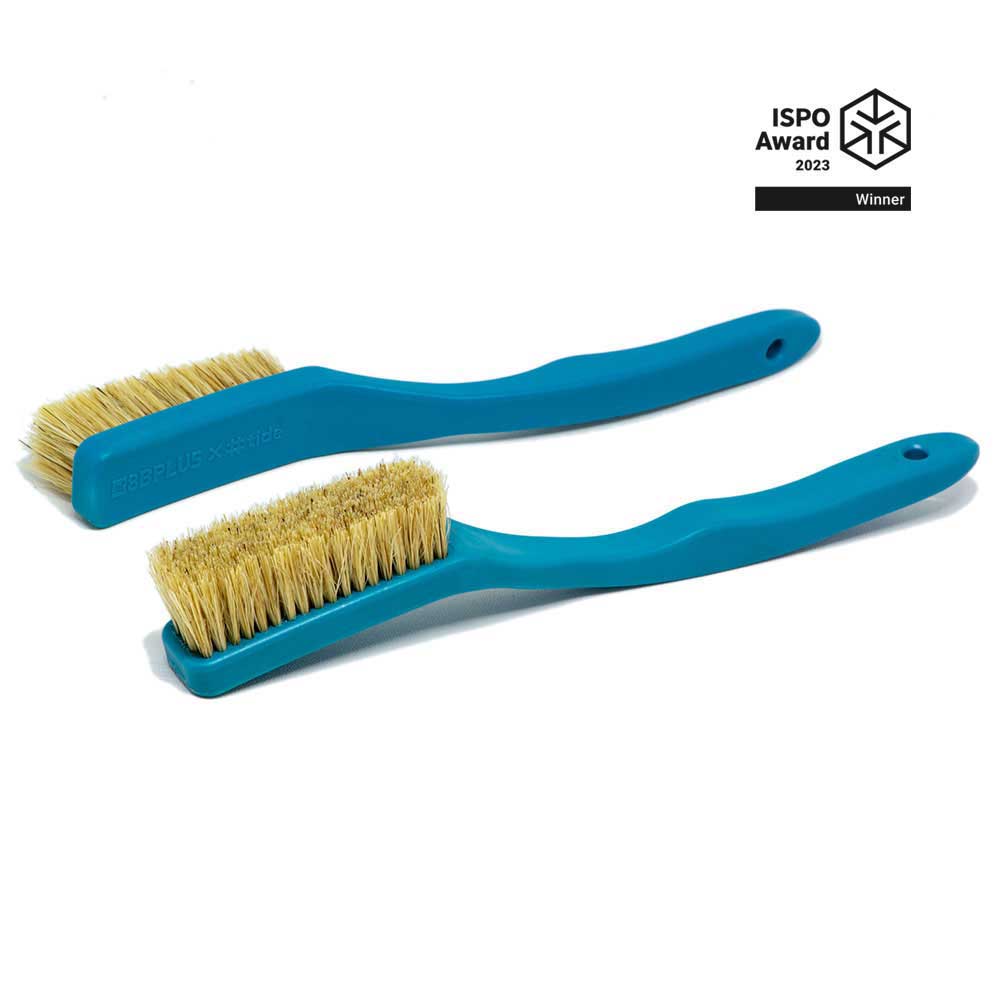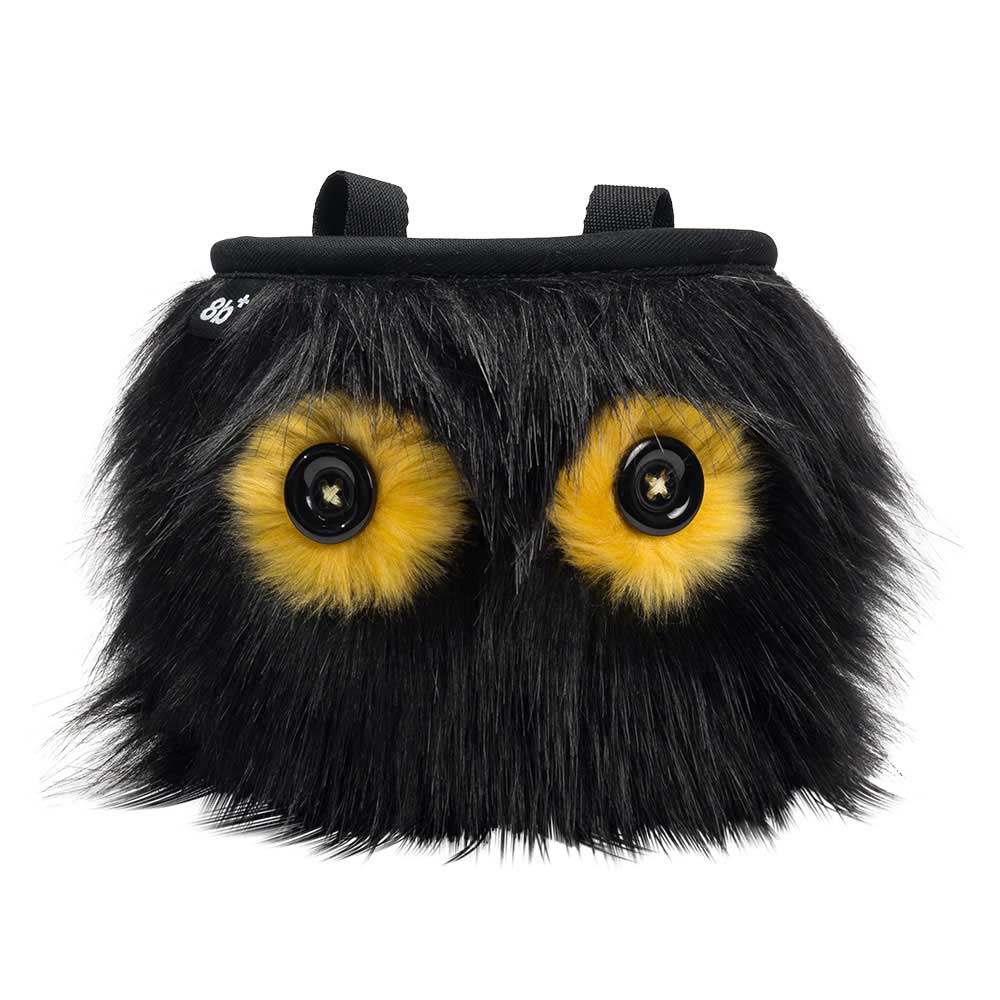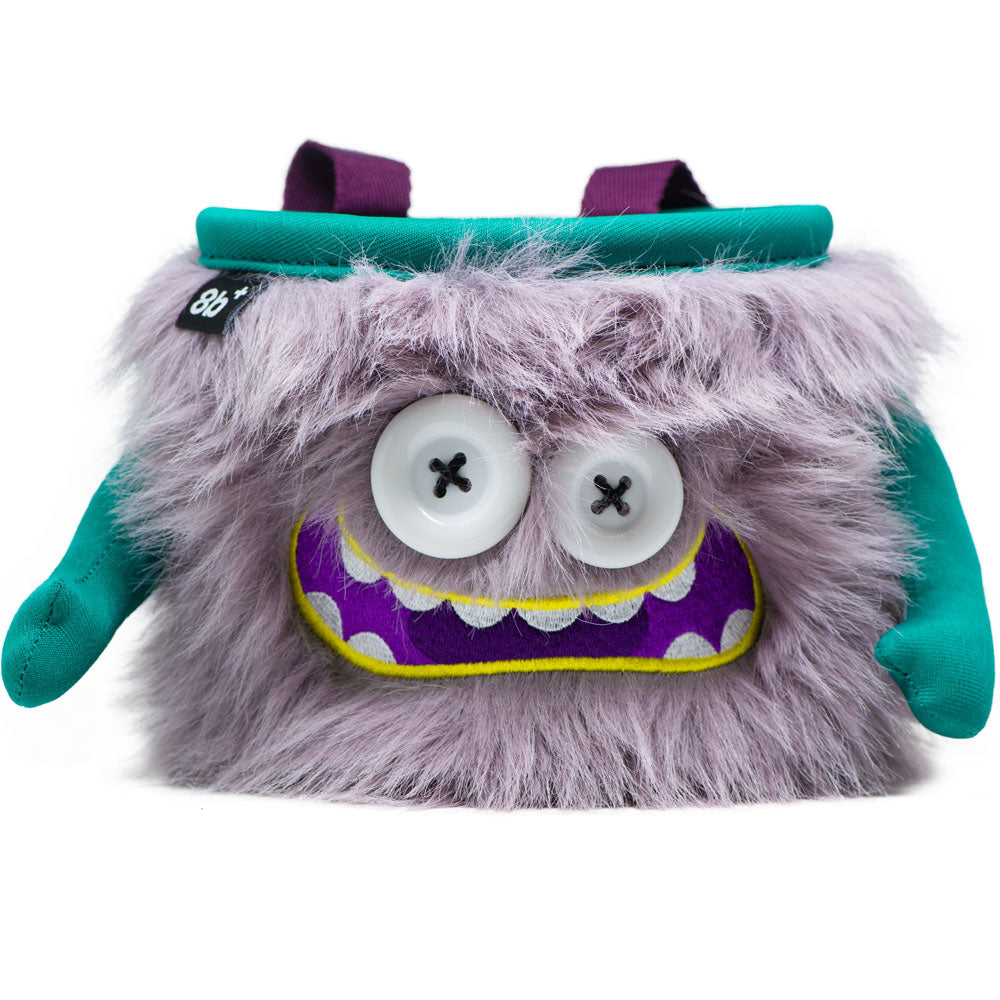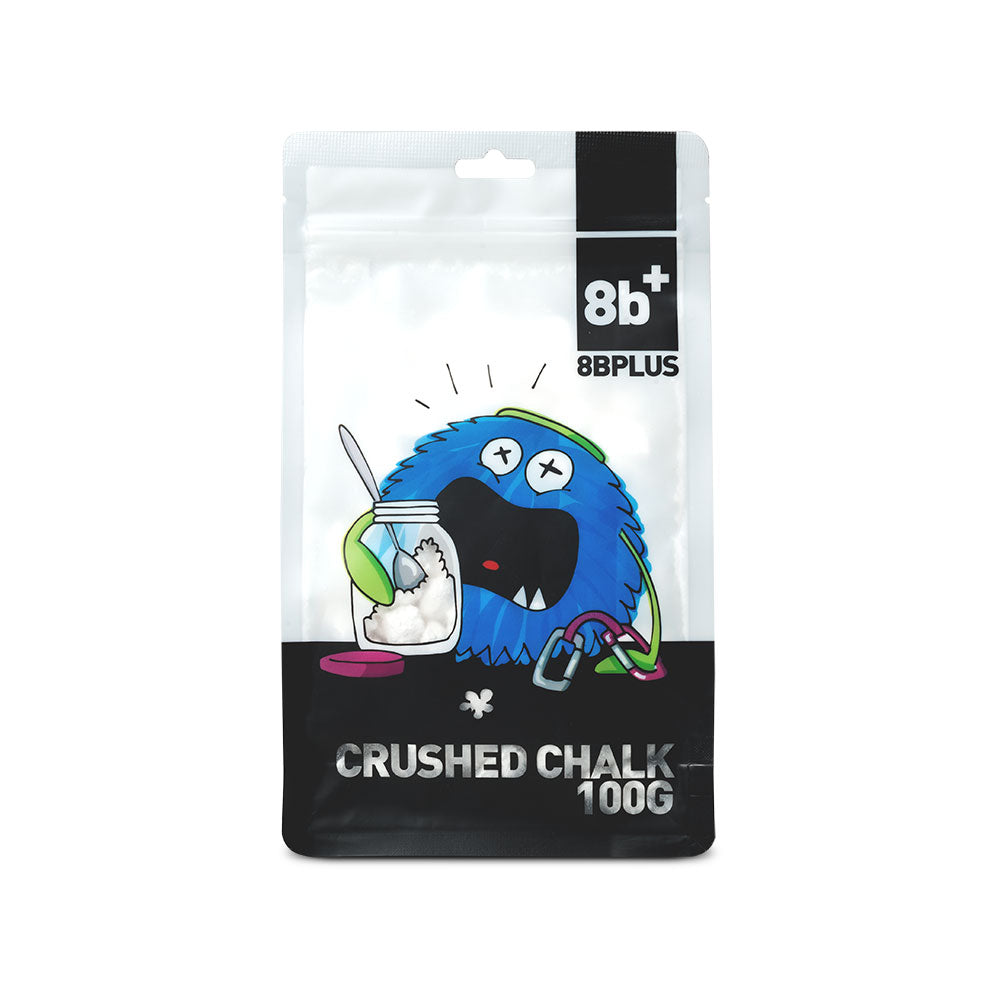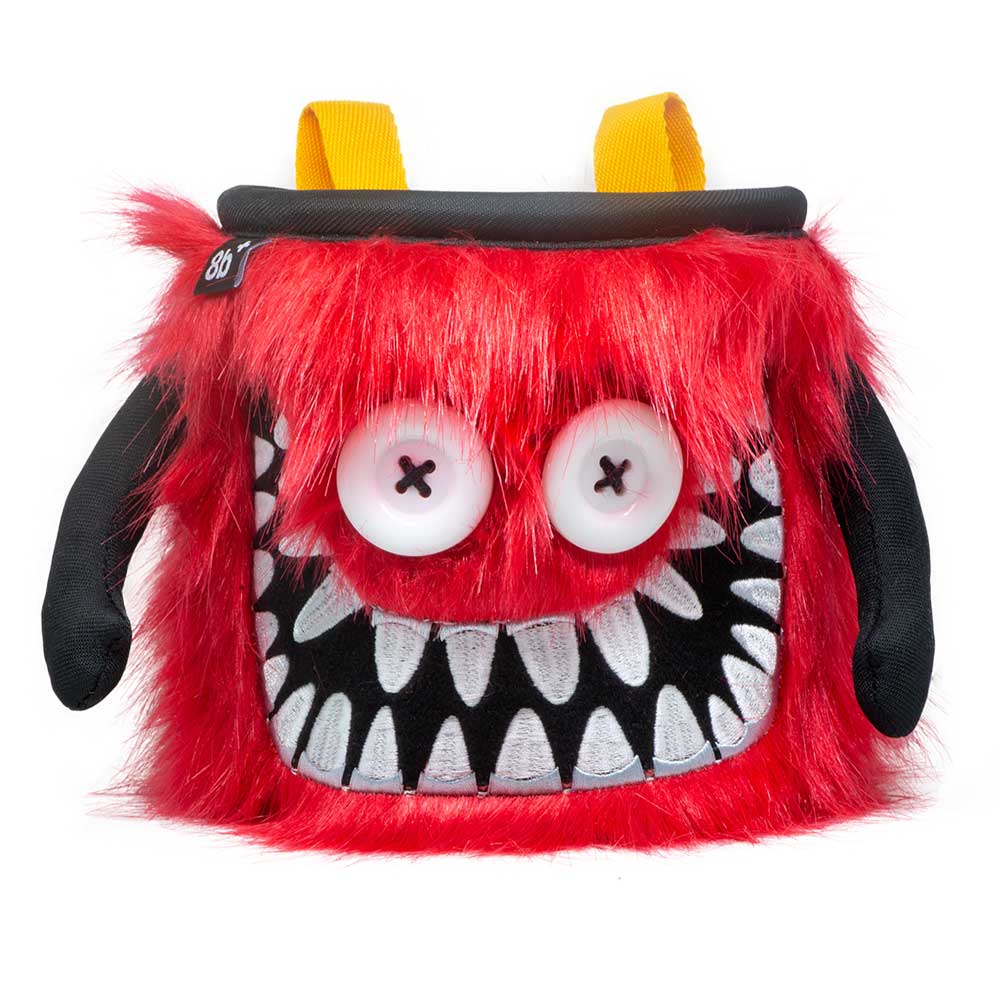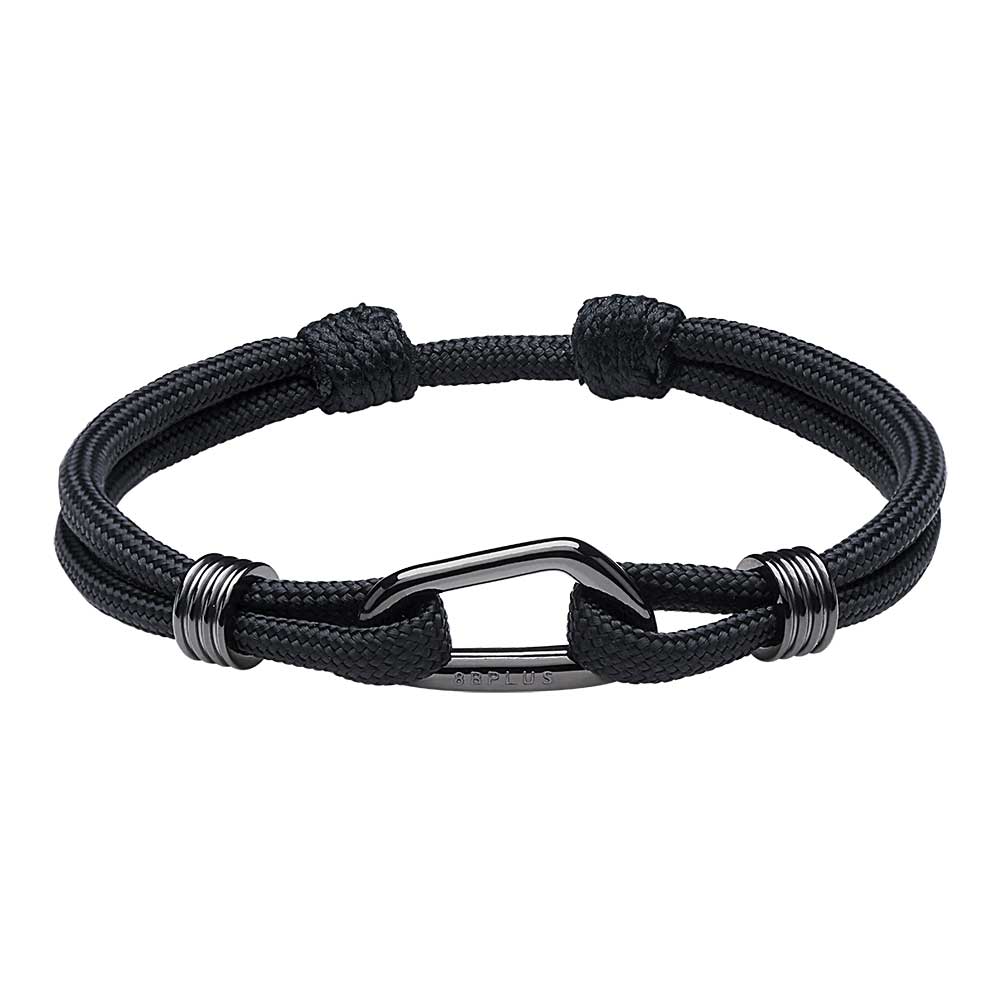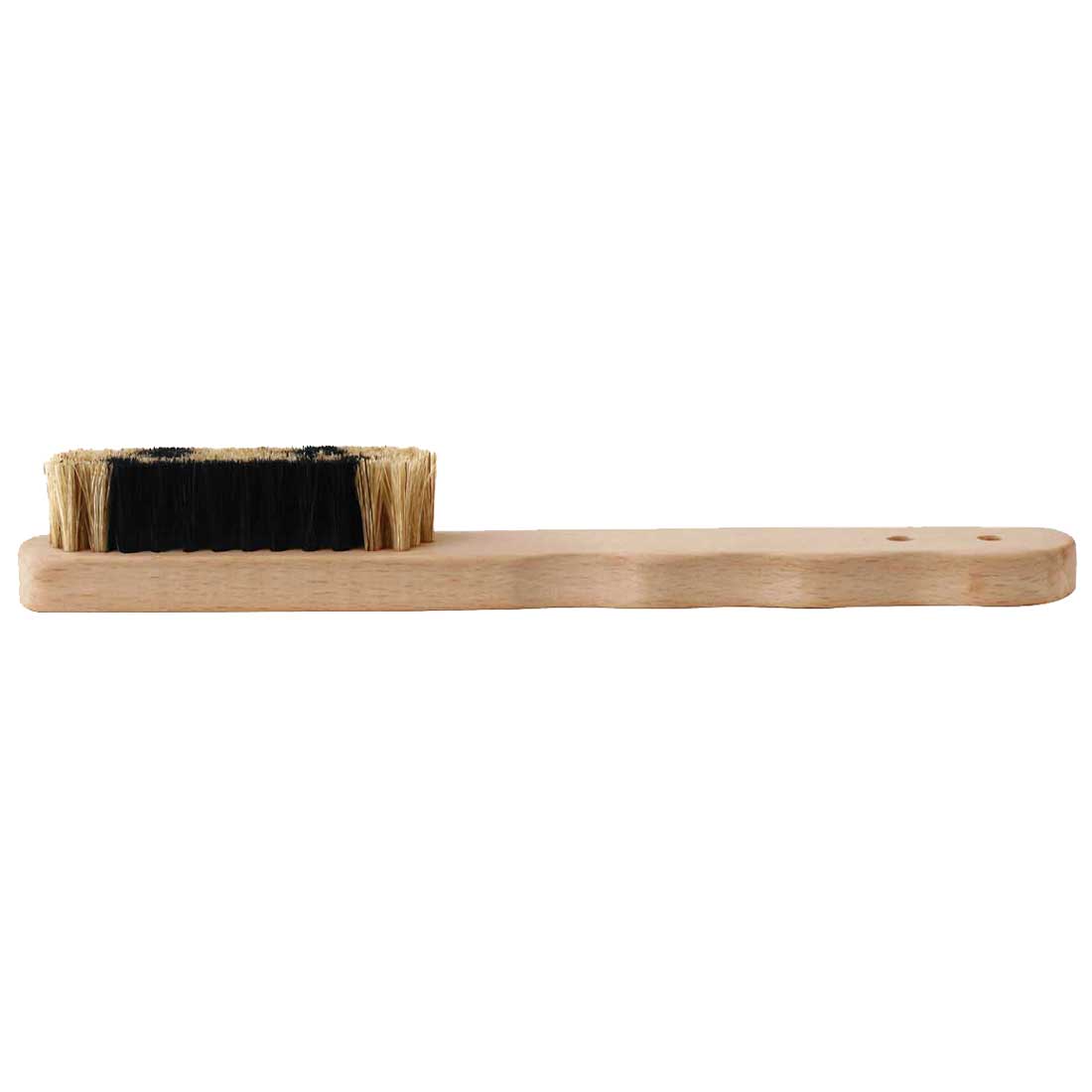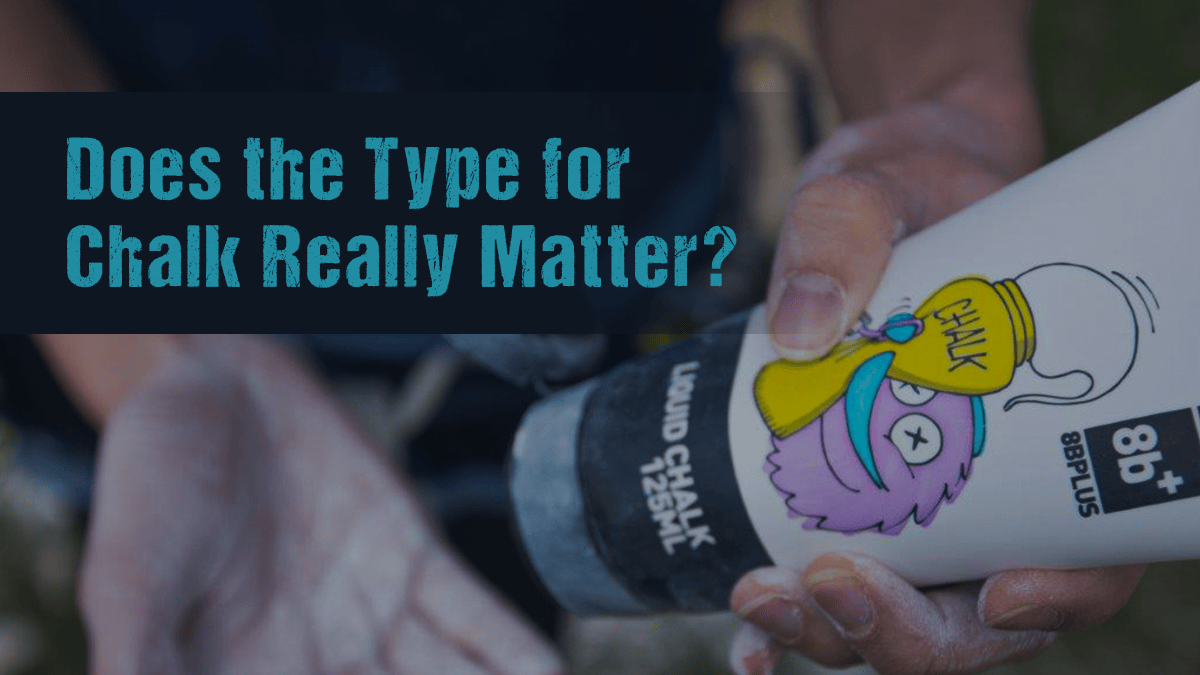
Does the Type of Chalk Really Matter?

In short? Sometimes! But that’s not a satisfying answer. Before diving into our take on climbing chalk, remember that affording or purchasing the best quality chalk or 50 different types of chalk is optional to climb. Some (albeit few) people even prefer to climb without chalk. While climbing chalk aids in drying sweaty hands and improving friction between your hand and climbing holds, don’t let it be a barrier. Climbing chalk is not preventing you from going after your climbing goals. However, in light of this article, we’ll dive into why we believe the type of chalk does matter in the long run.
The climbing chalk market is like the shoe market. While not nearly as big, each chalk company has some unique component or claim about their chalk. Compound that with the fact that everyone’s hands are different, and you’ll find that one climber loves Brand X, but ten other climbers hate Brand X. For example, liquid climbing chalk is magnesium carbonate mixed with alcohol. Since alcohol dries out the skin, someone with clammy or sweaty hands may prefer to use liquid chalk, while someone with naturally dry hands may avoid liquid chalk as it causes their skin to become too dry and lead to splits.
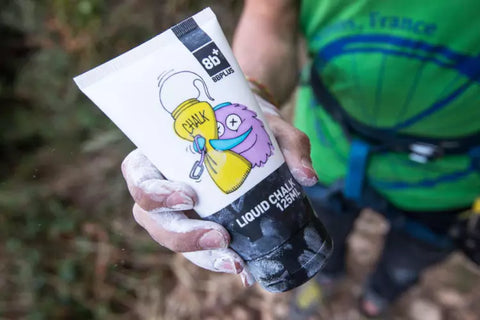
Another factor contributing to the effectiveness of climbing chalk is the texture. Some chalk companies make super fine and soft chalk, while other chalk brands have a chunkier, grittier texture. Usually, smoother and more refined chalk feels better on your hands and covers them more effectively. However, everyone has preferences regarding texture, which may influence their chalk preference.
As lovely as it would be if all chalk sold were the same quality, there are higher quality chalks on the market. Although usually pricier, higher quality chalk often lasts longer as it stays on your hands for more than one climb before rubbing or sweating off. Lower-quality chalk may come off your hand quickly, forcing you to rechalk and replenish your stash constantly. While higher priced, the higher quality chalk will last longer on your hands, reducing chalk-ups and overall chalk purchases. The few extra dollars up front may be worth it in the long run.

The rules and regulations of your local climbing facility or climbing are also critical factors in determining whether the type of chalk matters. Some indoor climbing gyms only allow liquid chalk because powdered chalk can cause problems with indoor air filtration systems or HVAC systems. Outdoor climbing areas, especially those in a state or federally regulated areas, may have restrictions on chalk use to preserve the physical or visual quality of the rock. For example, Utah’s Arches National Park only allows climbers to use colored chalk that matches the color of the rocks. Another example is Colorado’s Garden of the Gods National Natural Landmark. This site has banned all chalk and chalk substitutes for climbers.
So, what’s the takeaway? If your climbing facility or area has no bans or restrictions on chalk use, look at the unique features of the climbing chalk brands on the market. Consider your preferences regarding texture and price point. Also, consider whether you tend to have sweaty or dry hands. From there, you can try out one brand of chalk and if it doesn’t work out, try another if you don’t want to cough up the funds and buy five different brands of chalk to try, see if you have a friend or fellow climber who uses that chalk and will let you try using theirs!
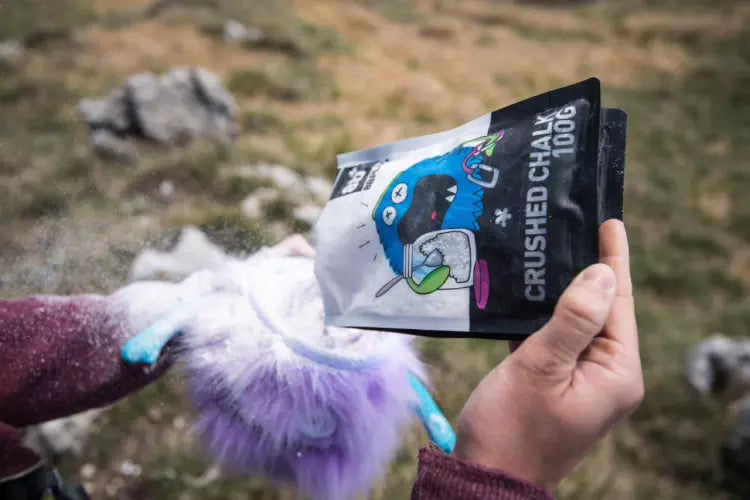
Let us know in the comments below what your go-to climbing chalk is!

